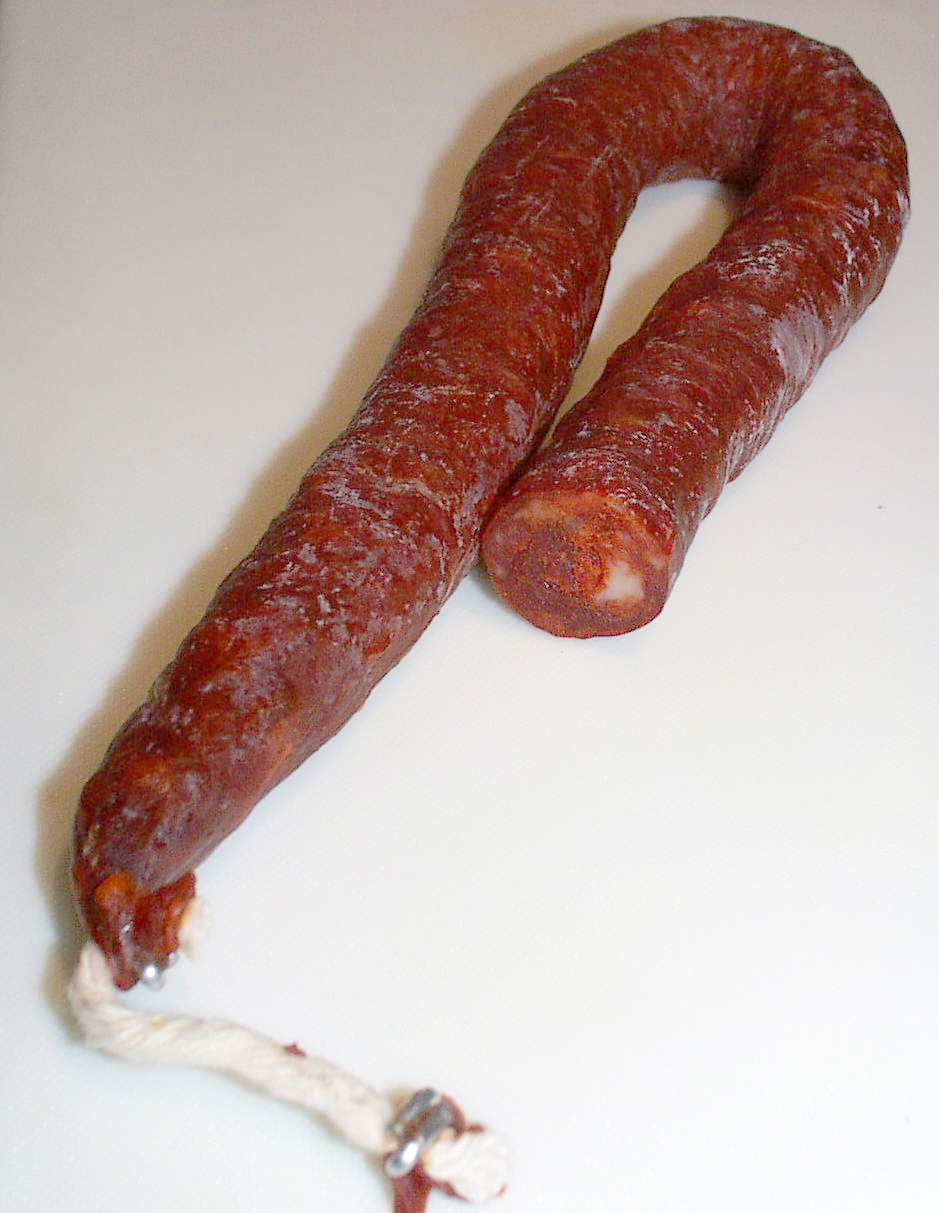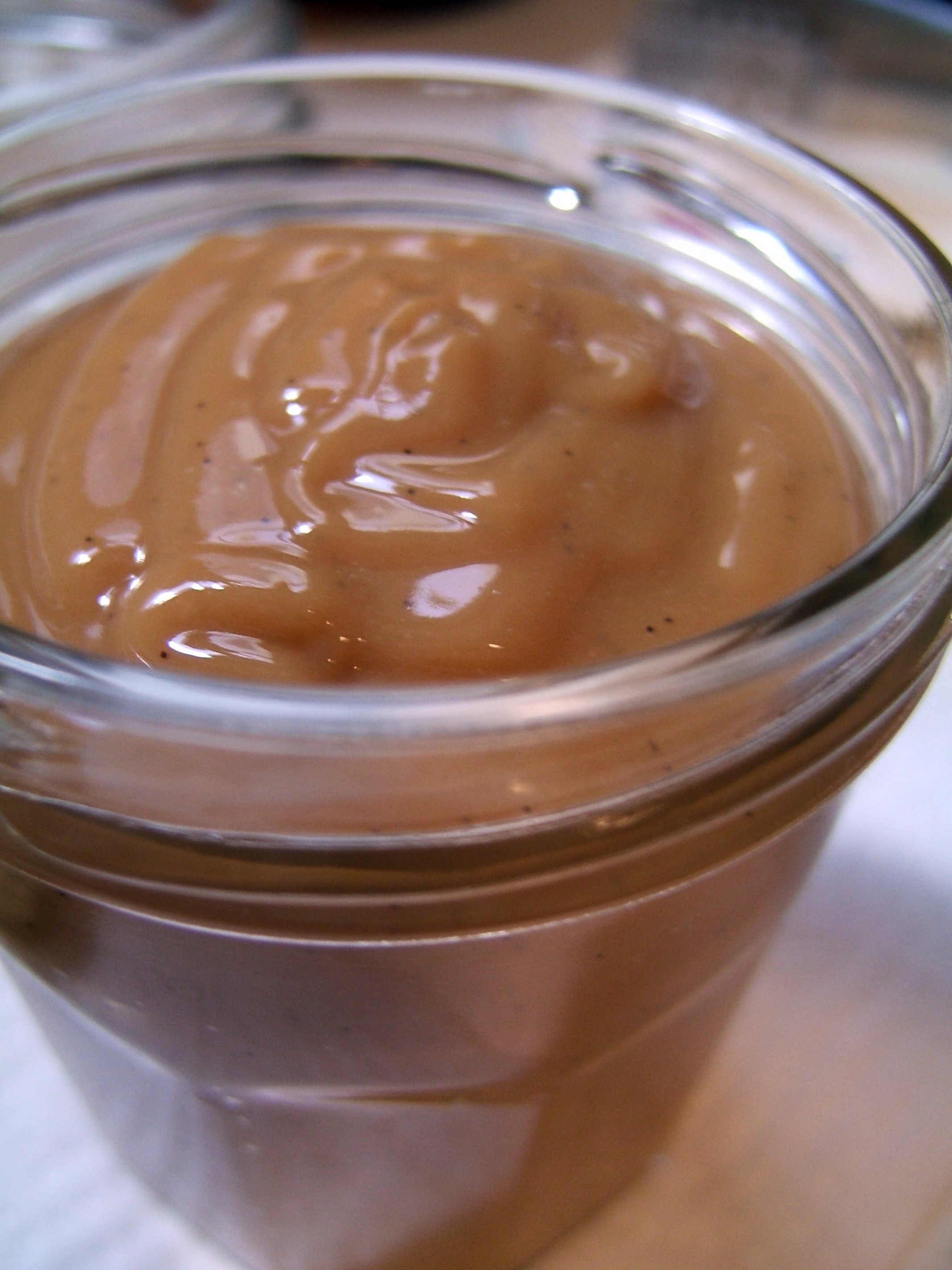|
Longaniza
Longaniza (, or ) is a Spanish sausage ( embutido) similar to a chorizo and also closely associated with the Portuguese linguiça. Its defining characteristics are interpreted differently from region to region. It is popular in the cuisines of several regions of Spain, Argentina, Uruguay, Puerto Rico, Dominican Republic, El Salvador, Guatemala, Mexico and Chile. In the Philippines, it is called longganisa and has hundreds of variants with different vernacular tastes and forms due to the 144 ethno-linguistic groups of the archipelago. Varieties by country Spain In Spain, ''longaniza'' is similar to ''salchichón'', though thinner; both differ from chorizo in that black pepper is used for them instead of paprika and may have different spices in them like nutmeg. Argentina and Uruguay In Argentina and Uruguay, longaniza is a very long, cured and dried pork sausage that gets its particular flavour from ground anise seeds. This results in a very particular arom ... [...More Info...] [...Related Items...] OR: [Wikipedia] [Google] [Baidu] |
Longaniza 1
Longaniza (, or ) is a Spanish cuisine, Spanish sausage (embutido) similar to a chorizo and also closely associated with the Portuguese language, Portuguese linguiça. Its defining characteristics are interpreted differently from region to region. It is popular in the cuisines of several regions of Spanish cuisine, Spain, Argentinian cuisine, Argentina, Uruguayan cuisine, Uruguay, Puerto Rican cuisine, Puerto Rico, Dominican Republic cuisine, Dominican Republic, El Salvador, Guatemalan cuisine, Guatemala, Mexican cuisine, Mexico and Chilean cuisine, Chile. In the Philippine cuisine, Philippines, it is called longganisa and has hundreds of variants with different vernacular tastes and forms due to the 144 ethno-linguistic groups of the archipelago. Varieties by country Spain In Spain, ''longaniza'' is similar to ''salchichón'', though thinner; both differ from chorizo in that black pepper is used for them instead of paprika and may have different spices in them like nutmeg. ... [...More Info...] [...Related Items...] OR: [Wikipedia] [Google] [Baidu] |
Sausage
A sausage is a type of meat product usually made from ground meat—often pork, beef, or poultry—along with salt, spices and other flavourings. Other ingredients, such as grains or breadcrumbs may be included as fillers or extenders. When used as an adjective, the word ''sausage'' can refer to the loose sausage meat, which can be formed into patties or stuffed into a skin. When referred to as "a sausage", the product is usually cylindrical and encased in a skin. Typically, a sausage is formed in a casing traditionally made from intestine, but sometimes from synthetic materials. Sausages that are sold raw are cooked in many ways, including pan-frying, broiling and barbecuing. Some sausages are cooked during processing, and the casing may then be removed. Sausage-making is a traditional food preservation technique. Sausages may be preserved by curing, drying (often in association with fermentation or culturing, which can contribute to preservation), smoking, or ... [...More Info...] [...Related Items...] OR: [Wikipedia] [Google] [Baidu] |
Chorizo
Chorizo (, from Spanish ; similar to but distinct from Portuguese ) is a type of pork cured meat originating from the Iberian Peninsula. In Europe, chorizo is a fermented, cured, smoked meat, which may be sliced and eaten without cooking, or added as an ingredient to add flavor to other dishes. Elsewhere, some sausages sold as chorizo may not be fermented and cured, and require cooking before eating. Spanish and Portuguese are distinctly different products, despite both getting their smokiness and deep red color from dried, smoked, red peppers (/). Iberian chorizo is eaten sliced in a sandwich, grilled, fried, or simmered in liquid, including apple cider or other strong alcoholic beverages such as . It is also used as a partial replacement for ground (minced) beef or pork. Names The word ''chorizo'' probably comes from the Late Latin 'salted', via the Portuguese ; it is a doublet of the Spanish word 'sausage', which was transmitted through Italian . In Engl ... [...More Info...] [...Related Items...] OR: [Wikipedia] [Google] [Baidu] |
Chilean Cuisine
Chilean cuisine stems mainly from the combination of traditional Spanish cuisine, Chilean Mapuche culture and local ingredients, with later important influences from other European cuisines, particularly from Germany, the United Kingdom and France. The food tradition and recipes in Chile are notable for the variety of flavours and ingredients, with the country's diverse geography and climate hosting a wide range of agricultural produce, fruits and vegetables. The long coastline and the peoples' relationship with the Pacific Ocean add an immense array of seafood to Chilean cuisine, with the country's waters home to unique species of fish, molluscs, crustaceans and algae, thanks to the oxygen-rich water carried in by the Humboldt Current. Chile is also one of the world's largest producers of wine and many Chilean recipes are enhanced and accompanied by local wines. The confection dulce de leche was invented in Chile and is one of the country's most notable contributio ... [...More Info...] [...Related Items...] OR: [Wikipedia] [Google] [Baidu] |
Dominican Republic Cuisine
Dominican cuisine is made up of Spanish, indigenous Taíno, Middle Eastern and African influences. As in Spain, the largest, most important meal of the day is lunch. Its most typical form, nicknamed ''la bandera'' ("the flag"), consists of white rice, red beans and meat (beef, chicken, pork, or fish), sometimes accompanied by a side of salad. Dishes and their origins The Dominican Republic was formerly a Spanish colony. Many Spanish traits are still present in the island. Many traditional Spanish dishes have found a new home in the Dominican Republic, some with a twist. African and Taíno dishes still hold strong, some of them unchanged. All or nearly all food groups are accommodated in typical Dominican cuisine, as it incorporates meat or seafood; grains, especially rice, corn (native to the island), and wheat; vegetables, such as beans and other legumes, potatoes, ''yuca'', or plantains, and salad; dairy products, especially milk and cheese; and fruits, such as oranges ... [...More Info...] [...Related Items...] OR: [Wikipedia] [Google] [Baidu] |
Uruguayan Cuisine
Uruguayan cuisine is a fusion of cuisines from several European countries, especially of Mediterranean foods from Spain, Italy, Portugal and France. Other influences on the cuisine resulted from immigration from countries such as Germany and Scotland. Uruguayan gastronomy is a result of immigration, rather than local Amerindian cuisine, because of late-19th and early 20th century immigration waves of, mostly, Italians. Spanish influences are very abundant: desserts like churros (cylinders of pastry, usually fried, sometimes filled with dulce de leche), flan, ''ensaimadas'' yoo (Catalan sweet bread), and alfajores were all brought from Spain. There are also all kinds of stews known as guisos or estofados, arroces (rice dishes such as paella), and fabada ( Asturian bean stew). All of the guisos and traditional '' pucheros'' (stews) are also of Spanish origin. Uruguayan preparations of fish, such as dried salt cod (bacalao), calamari, and octopus, originate from the Basque a ... [...More Info...] [...Related Items...] OR: [Wikipedia] [Google] [Baidu] |
Choripán
''Choripán'' (plural: ''choripanes'') is a type of sandwich with chorizo and popular in Argentina, Bolivia, Chile, Peru, and Uruguay. The name comes from the combination of the names of its ingredients: a grilled chorizo sausage and a crusty bread ( es, pan) such as a '' pan batido'', baguette, or francés. In various countries Argentina, Uruguay The Argentine ''choripán'' consists of a sausage made out of beef and pork, hot off the grill, split down the middle, and served on a roll. The ''chorizo'' may be used whole or cut in half lengthwise, in which case it is called a ''mariposa'' (butterfly). It is customary to add sauces on the bread, most likely '' chimichurri''. ''Choripanes'' are commonly served as an appetizer during the preparation of an ''asado'', but they are also very commonly sold at sport venues (particularly football games) and on the sides of roads and streets in major cities in Argentina. Taxi cab drivers in Buenos Aires are avid consumers and some st ... [...More Info...] [...Related Items...] OR: [Wikipedia] [Google] [Baidu] |
Embutido
(Spanish and Brazilian Portuguese), (European Portuguese) or (Catalan) is a generic term for cured meat products. The dictionary of the Royal Spanish Academy defines it as "intestine stuffed with minced meat, mainly pork; intestine stuffed with diverse ingredients" Illustrating use of "embutido" for all sorts of sausages, fresh and dried, including frankfurters (the Spanish word comes from the verb "embutir", "to stuff"). The term often applies to any of the many varieties of cured, dry sausages found in the cuisines of Iberia and the former Spanish and Portuguese colonies. In Philippine cuisine, however, due to the fusion of Spanish and American cuisine in the islands, (or ) refers to a type of meatloaf wrapped around slices of egg and sausage. Varieties Specific varieties include, among many others (see list of sausages for the various countries): *Chorizo/chouriço * Sobrassada from the Balearic Islands * Botifarra from Catalonia * Butifarra Soledeña * Fuet from Catal ... [...More Info...] [...Related Items...] OR: [Wikipedia] [Google] [Baidu] |
Paprika
Paprika ( US , ; UK , ) is a spice made from dried and ground red peppers. It is traditionally made from '' Capsicum annuum'' varietals in the Longum group, which also includes chili peppers, but the peppers used for paprika tend to be milder and have thinner flesh. In some languages, but not English, the word ''paprika'' also refers to the plant and the fruit from which the spice is made, as well as to peppers in the Grossum group (e.g. bell peppers). All capsicum varieties are descended from wild ancestors in North America, in particular Central Mexico, where they have been cultivated for centuries. The peppers were subsequently introduced to the Old World, when peppers were brought to Spain in the 16th century. The seasoning is used to add color and flavor to many types of dishes in diverse cuisines. The trade in paprika expanded from the Iberian Peninsula to Africa and Asia and ultimately reached Central Europe through the Balkans, which was then under Ottoman rule. T ... [...More Info...] [...Related Items...] OR: [Wikipedia] [Google] [Baidu] |
Barbecue
Barbecue or barbeque (informally BBQ in the UK, US, and Canada, barbie in Australia and braai in South Africa) is a term used with significant regional and national variations to describe various cooking methods that use live fire and smoke to cook the food. The term is also generally applied to the devices associated with those methods, the broader cuisines that these methods produce, and the meals or gatherings at which this style of food is cooked and served. The cooking methods associated with barbecuing vary significantly but most involve outdoor cooking. The various regional variations of barbecue can be broadly categorized into those methods which use direct and those which use indirect heating. Indirect barbecues are associated with North American cuisine, in which meat is heated by roasting or smoking over wood or charcoal. These methods of barbecue involve cooking using smoke at low temperatures and long cooking times, for several hours. Elsewhere, barbecuing mo ... [...More Info...] [...Related Items...] OR: [Wikipedia] [Google] [Baidu] |
Appetizer
An hors d'oeuvre ( ; french: hors-d'œuvre ), appetiser or starter is a small dish served before a meal in European cuisine. Some hors d'oeuvres are served cold, others hot. Hors d'oeuvres may be served at the dinner table as a part of the meal, or they may be served before seating, such as at a reception or cocktail party. Formerly, hors d'oeuvres were also served between courses.''Oxford English Dictionary'', First Edition, 189''s.v.''/ref> There are two types of hors d'oeuvre from service point of view: # General hors d'oeuvre # Classical hors d'oeuvre General hors d'oeuvres include cold preparations such as salad, cold meat, and fish. Classical hors d'oeuvres include fruit juice and soft drinks, grapefruit, shellfish cocktail, and so on. Typically smaller than a main dish, an hors d'oeuvre is often designed to be eaten by hand. Etymology in French literally means "outside the work"; that is, "not part of the ordinary set of courses in a meal". In practi ... [...More Info...] [...Related Items...] OR: [Wikipedia] [Google] [Baidu] |

.jpg)








_(2).jpg)